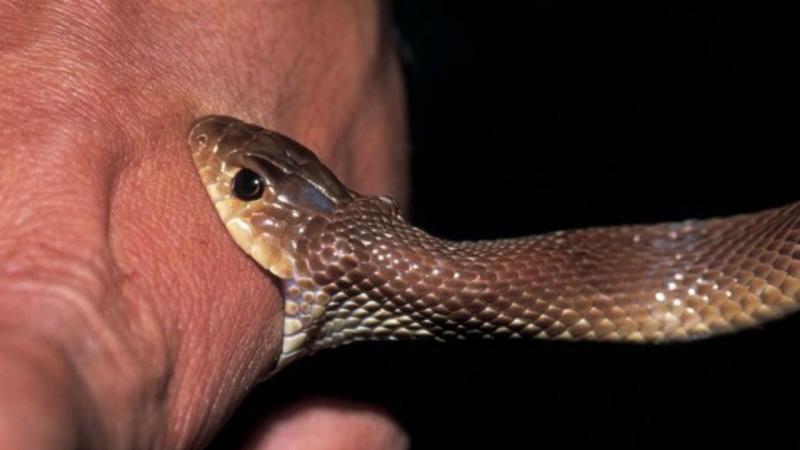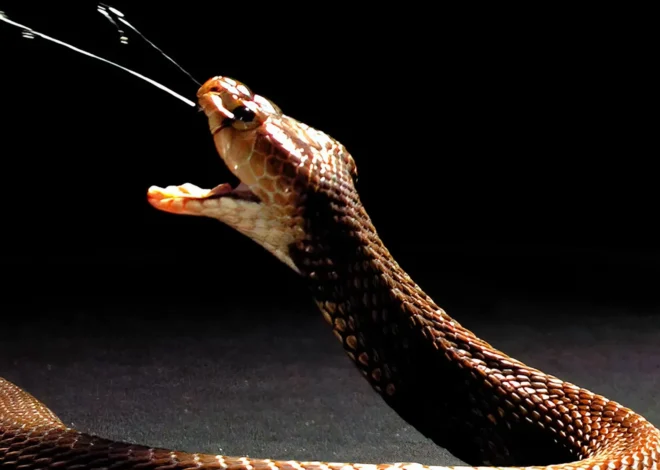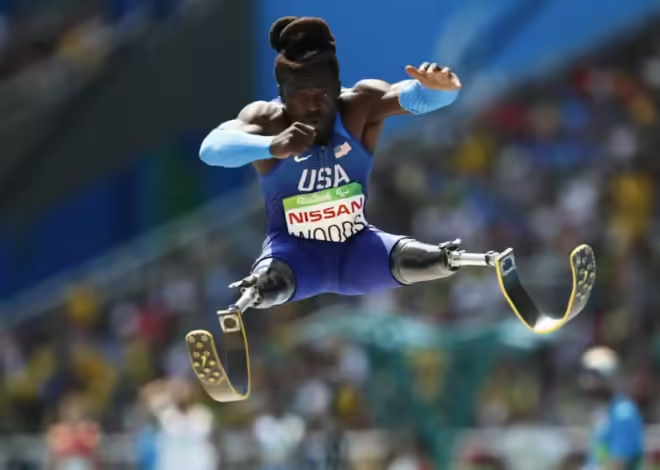
Steps to Save a Life After a Snake Bite
If someone is bitten by a snake, acting quickly and appropriately can make a significant difference in saving their life. Here’s a detailed guide on how to handle a snake bite situation:
1. Stay Calm and Reassure the Victim
The first and most important step is to remain calm. Panic can cause the victim’s heart rate to increase, which may accelerate the spread of venom through the bloodstream. Keeping the victim calm and still is crucial. Reassure them and try to prevent unnecessary movement.
2. Call for Emergency Medical Assistance
As soon as possible, call emergency services or get the victim to the nearest hospital. Provide as much information as possible about the snake bite to the emergency operator, including the location of the bite and any details you can remember about the snake’s appearance.
3. Immobilize the Affected Limb
Keep the bitten limb immobilized and at or slightly below the level of the heart to slow the spread of venom. Use a splint or any available materials to keep the limb still. Encourage the victim to remain as still as possible.
4. Remove Tight Clothing and Jewelry
If the bite is on an extremity, remove any tight clothing, rings, watches, or bracelets near the bite site. Swelling is a common reaction to snake bites, and tight items can restrict blood flow, causing further complications.
5. Do Not Apply Ice or a Tourniquet
Contrary to popular belief, applying ice or a tourniquet is not recommended. Ice can cause tissue damage, and a tourniquet can restrict blood flow completely, leading to more severe damage to the limb. Both can worsen the situation rather than improve it.
6. Avoid Cutting the Wound or Sucking Out Venom
Cutting the wound or attempting to suck out the venom can cause more harm than good. These actions can introduce infection and do little to remove venom from the bloodstream. They are outdated and ineffective methods of treatment.
7. Keep the Victim Hydrated but Avoid Giving Food or Alcohol
If possible, give the victim small sips of water to keep them hydrated. However, avoid giving them food, alcohol, or caffeinated drinks, as these can exacerbate symptoms or interfere with treatment.
8. Monitor Vital Signs
While waiting for medical help to arrive, monitor the victim’s vital signs, including their breathing, pulse, and level of consciousness. If the victim shows signs of shock—such as pale skin, sweating, or a rapid pulse—keep them warm and lying flat until help arrives.
9. Provide Information About the Snake
If possible, take note of the snake’s appearance—its size, color, and pattern. However, do not attempt to capture or kill the snake, as this can put you at risk of being bitten as well. The information you provide can help medical professionals determine the appropriate treatment, especially if antivenom is needed.
10. Seek Medical Attention
Even if the bite appears to be minor, it’s essential to get medical attention as soon as possible. The effects of venom can vary depending on the species of snake, the location of the bite, and the amount of venom injected. Only a healthcare professional can determine the severity of the bite and administer the appropriate treatment, including antivenom if necessary.



